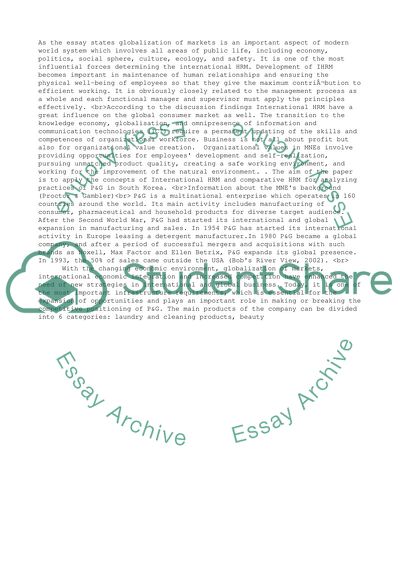Cite this document
(“An International and Comparative Human Resource Management Essay”, n.d.)
An International and Comparative Human Resource Management Essay. Retrieved from https://studentshare.org/business/1525568-an-international-and-comparative-human-resource-management
An International and Comparative Human Resource Management Essay. Retrieved from https://studentshare.org/business/1525568-an-international-and-comparative-human-resource-management
(An International and Comparative Human Resource Management Essay)
An International and Comparative Human Resource Management Essay. https://studentshare.org/business/1525568-an-international-and-comparative-human-resource-management.
An International and Comparative Human Resource Management Essay. https://studentshare.org/business/1525568-an-international-and-comparative-human-resource-management.
“An International and Comparative Human Resource Management Essay”, n.d. https://studentshare.org/business/1525568-an-international-and-comparative-human-resource-management.


